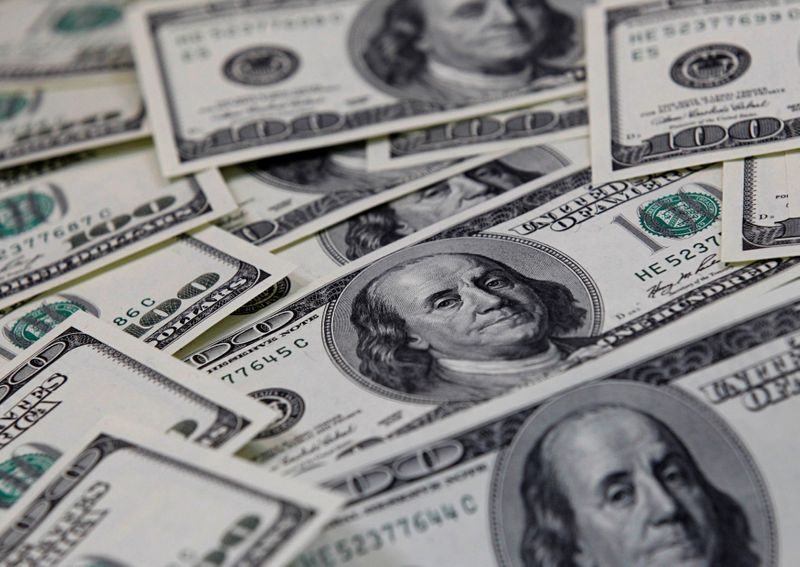NEW YORK (Reuters) – The dollar lost out to the euro after Friday’s U.S. jobs report suggested that some traders may have over-played a stronger American recovery from the coronavirus pandemic.
The euro rose 0.7% to $1.2042 in its biggest daily gain in more than two months after the report, which Marc Chandler, strategist at Bannockburn Global Forex, said did more to force short-term traders to adjust long-dollar and short-euro positions than it changed the economic outlook for a U.S. recovery that is stronger than peers.
The dollar index of a basket of currencies was down 0.5% at 91.028, but still holding a weekly gain of 0.6%.
“This forces some of the late dollar-longs out,” Chandler said. “It doesn’t really change what to expect for Q1 GDP in the U.S. Market positioning is a different story.”
The report showed U.S. employment growth rebounded less than expected in January and job losses the prior month were deeper than initially thought, strengthening the argument for additional relief money to aid the recovery from the COVID-19 pandemic. [nL1N2KA34D]
The greenback was off 0.1% against the yen at 105.42.
The more modest change against the yen, Chandler said, was consistent with yields on longer-term U.S. Treasuries edging up in reaction to the report and the support it gives for additional government spending to stimulate the economy.
The spread between yields on two-year and 10-year Treasuries, seen as an indicator of economic expectations, widened to as much as 106 basis points and the most since May 2017.
U.S. President Joe Biden cited the report as he and his Democratic allies pushed ahead with steps toward their $1.9 billion COVID-19 relief package, including a vote in the Senate and another expected in the House. The moves aim to secure the spending before special unemployment benefits expire on March 15.
Expectations for more stimulus also drove global stocks to a new record on Friday, as measured by MSCI’s all-country world index.
Oil, too, rose toward $60 a barrel and hit their highest prices in a year on the outlook for an economic revival and supply curbs by producers.
Aggressive stimulus fuels expectations of higher inflation and adds to the market’s interest in new consumer price data coming next week, analysts at ING wrote late on Friday. The impact on the dollar could come through what the price data say about interest rates after subtracting inflation, they said.
Analysts and investors have been weighing whether dollar strength this year has been a temporary reaction to a 7% loss in 2020 or is a longer-lasting shift away from dollar pessimism.
The dollar index is still up 1.2% this year. Its rise has been supported by higher longer-term U.S. Treasury yields, which prompted traders to position for massive fiscal spending.
Cryptocurrencies bitcoin and ether appeared to benefit from the dollar’s fall on Friday, rising 2% and 7%, respectively.
Futures on ether, also known as ethereum, will begin trading on Sunday evening on the CME derivatives exchange where bitcoin futures have traded since 2017.
(Reporting by David Henry in New York and Ritvik Carvalho in London; Additional reporting by Kevin Buckland in Tokyo; Editing by Alexander Smith and Chizu Nomiyama)
























